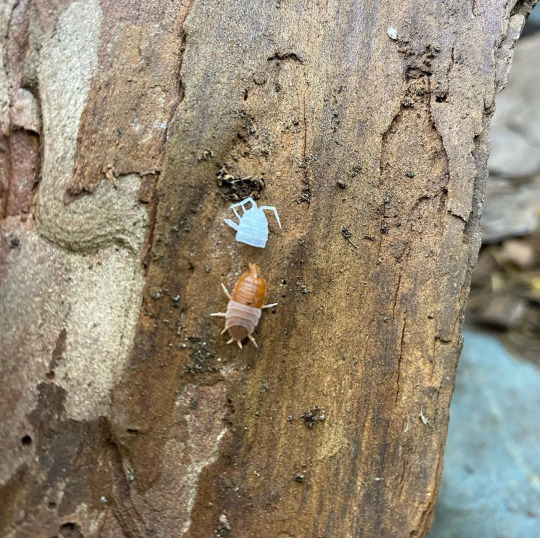Breeding captive bred geckos and bugs. Native owned ♡
Last active 3 hours ago
Don't wanna be here? Send us removal request.
Text
please just watch this is need other people to see it
2K notes
·
View notes
Text
Gronk I just want to love you!
10 notes
·
View notes
Note
Why do your geckies always look so shocked and appalled? Like someone just insulted them and they can't BELIEVE what that SCOUNDREL just SAID!
No eyelids!
1 note
·
View note
Text


Big Nellie + Pebble
=
This baby that doesn't have a name yet 😱

What would you name this little cutie?
16 notes
·
View notes
Text
25K notes
·
View notes
Text
All my 2025.... assorted pairings lol




Weird/uncommon geckos are my favourite ♡
#gecko#lizard#chahoua gecko#mniarogekko chahoua#eurydactylodes#eurydactylodes vieillardi#gekko gecko#tokay gecko#gekko vittatus#white line gecko#skunk gecko#gecko breeder#exotic pets
14 notes
·
View notes
Text
All my 2025 Gargoyle Gecko pairings



Can't wait for tiny raptors in my egg bin ♡
4 notes
·
View notes
Text

I love when Pebble does this half fired thing
8 notes
·
View notes
Text


Joey + Pebble
=
Circus!

4 notes
·
View notes
Text
All my 2025 Crested Gecko pairings










I'm so excited ♡
12 notes
·
View notes
Text
24K notes
·
View notes
Note
I’m obsessed with your crested geckos they’re so shaped
Thank you I'll tell them
1 note
·
View note
Text


Babs + Bucket
=
Blanket!

8 notes
·
View notes
Text

Recently bought a beautiful pair of Golden Geckos (Gekko badenii)
These cuties are relatives of the Tokays and White Line Geckos I already breed. All three of these species have been exploited and over harvested by the pet trade. For a long time it was common to see these animals sold for under $30 at pet stores, and they were often in awful shape and full of parasites.
Luckily there are stronger laws in place to protect these animals nowadays!
Captive breeding helps to protect wild populations!
If you're going to get a pet, buy captive bred or look at adopting an animal in need of a home!
I'm so excited to work with these beautiful animals ♡
5 notes
·
View notes


